RUSSIAN SPETSNAZ
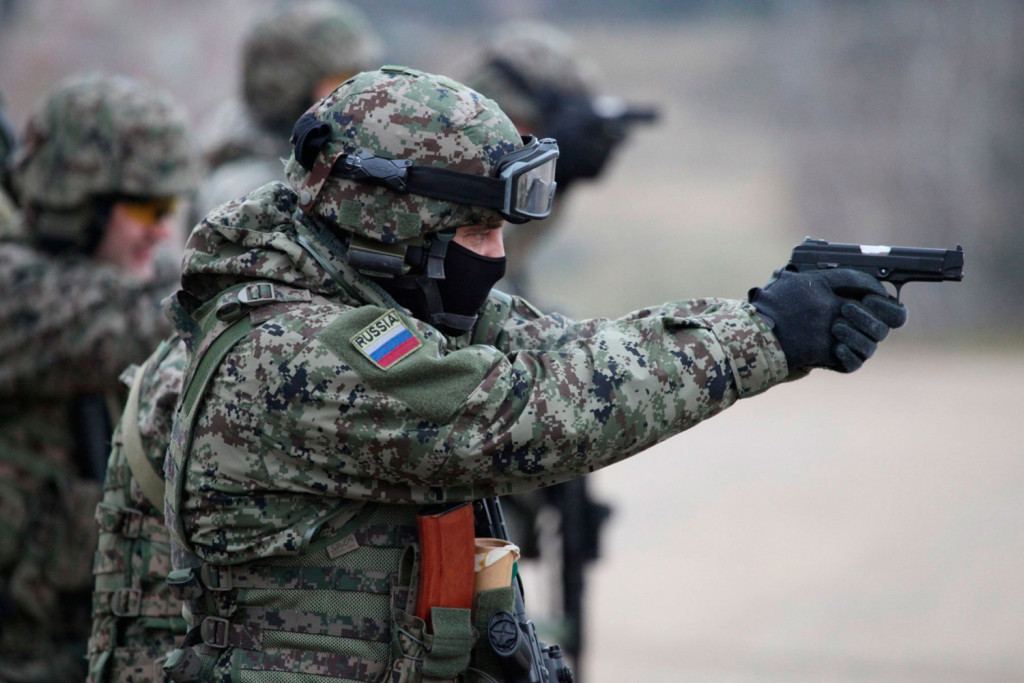
RUSSIAN SPETSNAZ – Russian Special Forces
During the 1970’s, when the Cold War was at its height, the West became aware of the existence of Soviet Spetsnaz troops, which were grouped into what were known as “diversionary brigades.” Although the Cold War is over, Spetsnaz units are still part of the Russian order-of-battle, although their missions have changed. The Spetsnaz (Troops of special purpose) were raised as the troops of the Main Intelligence Department – GRU and in the 1980s numbered 30,000 soldiers. These were deployed: one Spetsnaz company per Army; one Spetsnaz regiment in each of the three “theaters of operations”; one Spetsnaz brigade in each of the four Soviet Fleets; and an independent Spetsnaz brigade in most military districts of the USSR. There were also special Spetsnaz intelligence units, one to each Front and Fleet: total 20. A Spetsnaz company was 135 strong, normally operating in 15 independent teams, although they could also combine for specific missions. A Spetsnaz brigade was 1,000-1,300 strong and consisted of a headquarters, three or four parachute battalions, a communications company, and supporting troops. It also included an anti-VIP company, composed of some 70-80 regular troops whose mission was to seek out, identify and kill enemy political and military leaders. A naval Spetsnaz brigade had a headquarters, two to three battalions of combat swimmers, a parachute battalion, supporting units, and an anti-VIP company. It also had a group of midget submarines designed to deliver combat swimmers to distant targets. The existence of Spetsnaz was a closely guarded secret within the Warsaw Pact and individual troops were not allowed to admit membership, to the extent that army Spetsnaz wore standard airborne uniforms and insignia, while naval Spetsnaz wore naval infantry uniforms and insignia.
RUSSIAN SPETSNAZ GRU GSO
(GROUP OF SPECIAL OPERATION)

Russian Spetsnaz GRU
The Spetsnaz GRU was designed to carry out reconnaissance and sabotage activity on the enemy’s territory. The spetsnaz’ main missions was to destroy the command posts for the guidance of nuclear weapons and other, the most important, the enemy installations. Acting in groups of five to ten people, the GRU spetsnaz is able to act autonomously for several days. It was a troop of soldiers who went through special physical and psychological training, in which special emphasis is placed on mastering the weapons, skill in radio communications, and knowledge of the enemy’s territory. The GRU’s special operations troops differ from airborne troops in the character of their mission. Airborne troops are, in essence, a special kind of infantry, which undertake military operations. The mission of the GRU’s spetsnaz was to carry out its orders secretly, without engaging in military operations – to search, to find, and to destroy. After Budennovsk, some people said that the only ones who could have coped with the situation would have been the GRU’s spetsnaz. In fact, the GRU’s special operations troops are trained to gather information and destroy it. They were not trained to save hostages. The GRU’s spetsnaz, originally, was designed to destroy the enemy’s command posts, the systems for guiding the enemy’s armed forces and their weapons, and the physical elimination of the opposite side’s military and political leadership.
Russian Spetsnaz GRU VMF
There was a broad spectrum of such forces in Russia, ranging from the army, where “dolphins and beluga whales”, especially trained by specialists of the Defense Ministry’s Scientific Research Center No. 172, serve as underwater saboteurs, to social structures worthy of the attentions of the Russian special services.
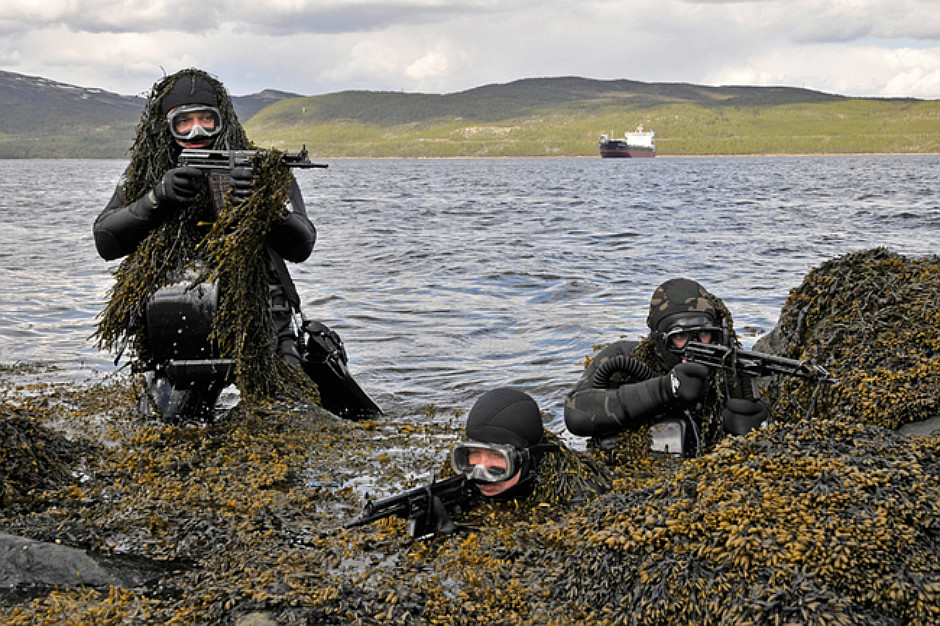
Russian Spetsnaz – Navy
Navy Spetsnaz also continue to serve in the Northern, Baltic, Black Sea, and Pacific fleets. Russian navy special forces, or spetsnaz, have been less visible in the wake of the USSR’s dissolution. Later, however, the Russian navy’s commander in chief, Admiral Vladimir Kuroyedov, reaffirmed that navy special-operations units – which have a long, active history in the Soviet armed forces – remain assigned to the Russian Baltic, northern, Pacific and Black Sea fleets. Although the admiral provided few specifics on the size and capabilities of the units, he did indicate that they were elite, that they were equipped with special weapons (including small submarines), and that they were comparable to U.S. Navy SEALS or the Israeli Navy’s 13th Flotilla. Stating that these units have no special name beyond their “combat swimmer” or “navy spetsnaz” designations, the admiral indicated that most of the units are directly subordinate to their respective fleet commander. Of particular note, Kuroyedov said that he retains navy spetsnaz subunits under his direct control as well, “for resolving fleet tasks and rendering assistance”.

Russian Spetsnaz – Navy
Although Spetsnaz units may be used for other purposes during peacetime, their primary role is to carry out strategic missions during the final days prior to war breaking out and in war itself. These wartime tasks would include: deep reconnaissance of strategic targets; the destruction of strategically important command-control-and-communications (C3) facilities; the destruction of strategic weapons’ delivery systems; demolition of important bridges and and transportation routes; and the snatching of important military and political leaders. Many of these missions would be carried out before the enemy could react and some even before war had actually broken out.
The units which are of the greatest interest are those which enable Russia’s rulers to achieve their political goals. There are more than enough such units in Russia today.
If someone assumes that the Russian armed forces consist of only an army, a navy, and an air force, they are mistaken. There are other, less visible, armed forces. There are the internal troops, the border troops, the railroad troops, Communications Ministry troops, armed units of the Federal Security Service (FSB), of the Federal Agency for Government Communications and Information (FAPSI), and Ministry of Emergency Situations troops. And almost each of these agencies have their own units or detachments which could be called elite.
Russian Spetsnaz KGB-FSB:

Russian Spetsnaz – KGB
“Alpha” was set up by the KGB’s Seventh Directorate in 1974 and appears to have been inspired by the British SAS and US 1SFOD-D (Delta) as a counter-terrorist and hostage-rescue group. Alpha is generally credited with being the unit that attacked the Presidential palace in Kabul, Afghanistan, on December 28 1980 and murdered President Hafizullah Amin and his family. Alpha is now controlled by the FSB ( Federal Security Service) in general terms, equivalent to the USA’s FBI. Current strength is estimated to be about 300, with the main group in Moscow and three smaller groups elsewhere in the federation.

Russian Spetsnaz Alfa Group
Today it is difficult to determine in which operations Alpha will have to participate in the near future, but it is already clear that together with carrying out its fundamental mission, it will have to participate in guaranteeing the safety of the coming political maneuvers, linked in particular with the presidential elections. What kind of participation this will be depends not on Alpha’s members, but on the country’s political leaders, who have now put Alpha back under their own direct control for a reason, subordinating it directly to the Federal Security Service.

Russian Spetsnaz
To this day, Alpha remains the Russian special services’ most effective anti-terrorist unit, and has substantial capabilities to carry out the missions with which it is entrusted. According to the Russian press, Alpha has about 200 universally-trained fighters who have made it through a rigorous selection process, physical, psychological, and special training, who are able to master any kind of weapon and any form of land transportation.
Specialists in narrower professions were added to Alpha troops, including snipers and the best shots with various weapons, specially trained frogmen, alpinists, rock climbers, psychologists, and, in recent times, hostage-negotiation specialists. This unit has no contract system; everyone passes through real military service in the military ranks from lieutenant to colonel. Incidentally, similar units exist in Kazakhstan, Ukraine, and Belarus, where individual Alpha units existed in Soviet times, and Russian special operations troops maintain professional and friendly relations with them. Alpha first won international renown after the storming of Afghan president Hafizullah Amin’s palace, in which it participated together with the anti-terrorist unit Vympel.
Russian Spetsnaz KGB SVR

Russian Spetsnaz Vympel
The Vympel group was created in 1979 as the special operations unit of the KGB’s First Main Directorate, and its first mission was to carry out special missions, to carry out military actions and sabotage abroad. The Vympel group was manned only by officers who knew two or three foreign languages, and it was said that they knew the maps of about thirty world capitals by heart. After August 1991, Vympel was passed on from one Soviet, and later, Russian, security structure to another, and after October 1993, it was put under the MVD and thrown into the fight against organized crime. After that, 110 of the group’s 180 officers applied for discharge so that they wouldn’t have to take orders from police bureaucrats. With what was left of Vympel, the MVD leadership tried to create its own anti-terrorist unit, Vega, to fight nuclear terrorism. As a result of the latter’s unprofessional efforts to neutralize terrorists in Mineral Water (in the Northern Caucasus) on July 29, 1994, four hostages were killed. At the same time, the KGB main successor – the predecessor of the present FSB, left without its own anti-terrorist unit for about a year, began to create the so-called USO, or Special Operations Directorate. After Basayev’s fighters’ raid on Budennovsk last year, a few of the remnants of Vympel were returned to Russia’s security system. And after last year’s presidential decree on the formation of a so-called Anti-terrorist Center in the FSB system, this organ began to coordinate or attempted to coordinate the anti-terrorist efforts and capabilities of these disparate groups – USO, Alpha, and Vega.
The Spetsnaz unit Vympel, is a counter terrorist unit of the SVR (Foreign Intelligence Service). Originally developed in 1981 as an infiltration unit, as with other Spetsnaz units, Vympel evolved into a Counter Terrorist (CT) unit.

Russian Spetsnaz Training
The unit was created by the KGB Administration S (illegal) Chief Yuriy Drozdov. The unit’s first commander, Evald Kozlov, prepared Vympel for the normal wartime operations, infiltration, sabotage, as well as intelligence missions in enemy territory. They were of course trained in foreign languages weapons handling including foreign weaponry, in short, just like any other Spetsnaz unit. However, the main way of insertion was by air even they were fully capable of doing a sea borne insertion. In the 80’s (exact date unknown), Vympel participated in the storming of the Darulaman palace, under the group name of Zenit. The actual make up of the Zenit group seemed to be a make up of another group, Alpha, yet another Spetsnaz unit. By 1987, the unit expanded into 500 members, and deployed to various hot spots within the old Soviet Union, mainly to perform covert entry missions for the KGB. However, the unit soon evolved into an anti-nuclear terrorist unit. When the 1991 coup by Boris Yeltsin came, Vympel refused to attack Boris, whether out of professional feelings or just that Boris seemed on the “right” side has never been asked. This however forced them to be transferred to the Main Guard’s Administration (GUO) along with Special Group “A”. Then in 1993, Boris Yeltsin ordered Vympel to storm the White House, a paradox from two years earlier. Then they were moved from KGB control to MVD (Ministry of Internal Affairs). After this, most members left in disgust and joined the private sector. After that, Vympel was disbanded and a new unit, Vega, was created. After the creation of Vega, the SVR reinstated the name Vympel, and designed them as a counter terrorist unit. During the period of 1994 to 1998 (EDITORS NOTE: These dates are fictional, I have no idea on the status on the real unit, if you know, contact me), the SVR taught new and old members how to fight terrorists. They trained with many nations, improving their skill in CT operations.
They were known to train with some US units, during an exercise completed in the Black Sea. FBI officers that participated remarked that the Vympel soldiers still had the ferocity of the Spetsnaz that they came from. They showed the world as well that the Russians wouldn’t stand by and let their country be taken over by criminals and terrorists. However, realities came alight, and Vympel still was (and is) the premier CT unit of the now Commonwealth of Independent States (CIS). The early 2000s was a challenge for Vympel, as criminal and terrorist incidents increased, forcing them to work nearly 24 hours a day, forcing a reorganization on deployments.
Training Vympel members receive the same training as other Spetsnaz units, with obviously more influence on counter terrorist operations. As for the CT training, all recruits get trained on close combat in tight quarters, weapon usage, and deployment, insertion, etc. The length of training is longer than most fields, as CT requires the time for the training to be effective. The minimum requirement for joining Vympel is that the applicant must have served in a regular Spetsnaz unit for two years, and must prove to the officers why he or she wants to join the unit. There is no racial preference, per the requirements of Spetsnaz training. Testing is grueling, as every new recruit is (note that “recruit” applies to veteran officers as well) goes through a “weeding out” period designed to see how many can take the strain. While this may not seem any different than normal training, it must be stressed that CT work is very different than sabotage. These soldiers cannot routinely blow up they’re targets, as there are civilian hostages (nominally corporate) in the scene. So while they are trained to be efficient killers, they must also learn how to save lives. Therefore most soldiers receive more through medical training than field soldiers. And this does not reduce their capability in the field in any way..
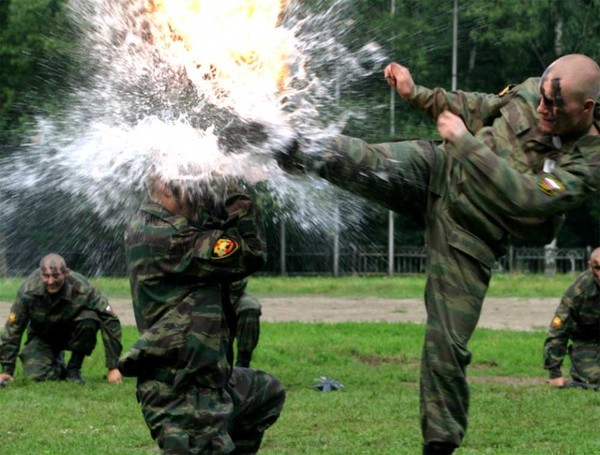
Russian Spetsnaz
Russian Spetsnaz MVD
In addition to the security forces’ spetsnaz troops mentioned above, there is also the well-known Vityaz, the special operations forces of the MVD’s special Dzerzhinsky division. It was formed on the eve of the 1980 Olympic Games in Moscow, when the Soviet authorities feared the possible acts of “terrorists sent by the CIA.” In distinction from Alpha and Vympel, this unit was staffed by soldiers who served for a fixed period, who received excellent training in hand-to-hand combat and showed impressive mental toughness.
Vityaz became well-known in October 1993 when the government used them in their military operations at the Ostankino television center. Arriving at the television center at the president’s personal request, the Vityaz team physically annihilated virtually all the opposition supporters who tried to break into Ostankino, (and all the innocent bystanders who just happened to be in the battle zone) losing only one man in the process. But the GRU Spetsnaz, about which the Russian press has only begun to write, remains little known, although its brigades, battalions, and companies exist in every military district
OMON, the RUOP (Regional Department to Protect the Public Order), the SOBR (Rapid Reaction Force) , airborne battalions, marines, and other Special Operation Units. Up to ten percent of their agencies’ money is spent on maintaining them.
There is also the General Staff’s Main Intelligence Directorate’s (GRU) spetsnaz, which the military men do not discuss. The security services’ elite detachments–the anti-terrorist “Alpha” and “Vympel” units – are well-known. The Ministry of Internal Affairs’ special detachments are also well-known – they specialize in fighting street disorders, organized crime, and terrorism.
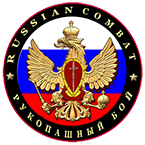

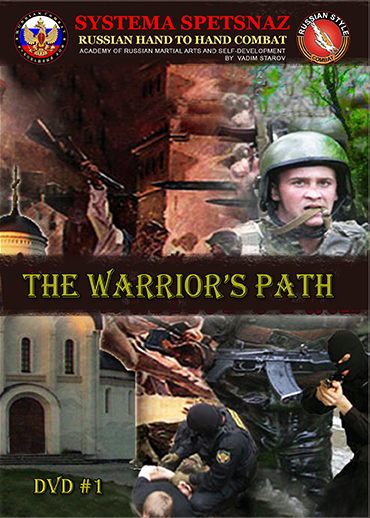

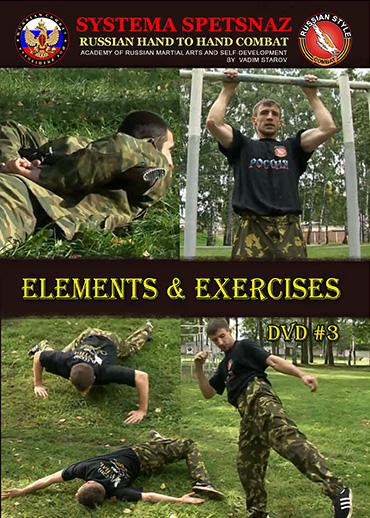





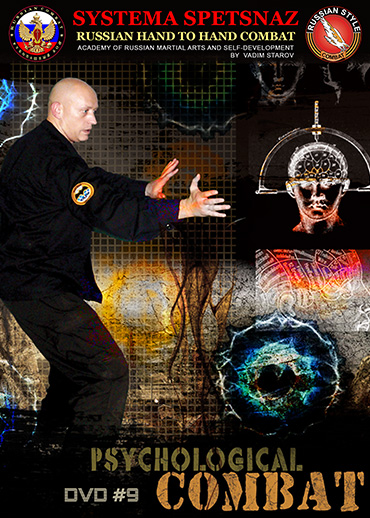








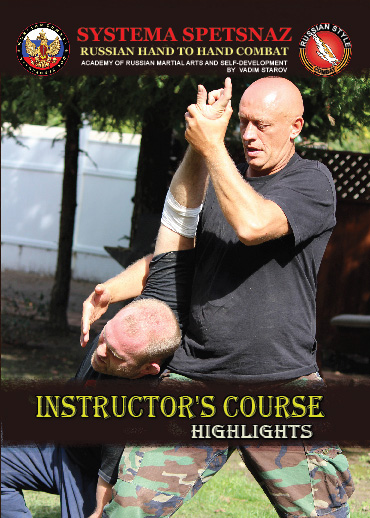





Your style is very unique compared to other people I have read stuff
from. I appreciate you for posting when you have the opportunity, Guess I’ll just book mark this page.
I want to join the spestnavz
To join a Spetsnaz you have to be a Russian citizen.
But, we are glad to teach you the Spetsnaz combat style and help you to master your fighting skills.
I recommend you to start with our instructional combat DVDs – http://www.russiancombat.com/self-defense-training
And here, you can find our upcoming seminars and classes – https://www.systemaspetsnaz.com/classes-seminars
I would like join too man, they´re awesome